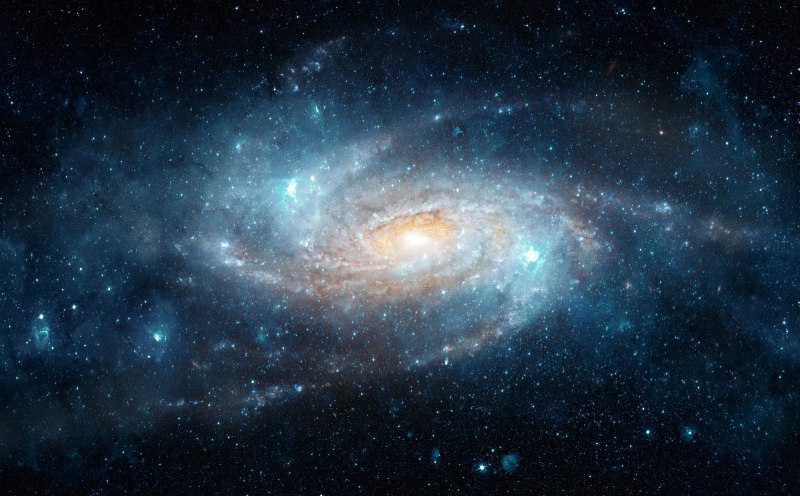NASA’s Latest Space Telescope Set to Map Millions of Galaxies After Successful First Test

NASA’s latest space telescope, designed to map millions of galaxies, has successfully activated its detectors for the first time, capturing images of tens of thousands of stars and galaxies. The SPHEREx mission-short for Spectro-Photometer for the History of the Universe, Epoch of Reionization, and Ices Explorer-was launched on March 11. The newly captured images, taken on March 27, confirm that all systems are operating as intended and that the telescope is correctly focused, according to NASA. Since its focus cannot be adjusted in space, this confirmation is crucial.
The space agency released six images, each showcasing different infrared wavelengths represented by distinct colors. Captured by separate detectors on the telescope, these images all depict the same section of the sky, NASA explained. The bright spots scattered across them signify various light sources, such as stars or galaxies, with each image estimated to contain over 100,000 individual sources of light.
“Our spacecraft has officially opened its eyes to the universe,” said Olivier Doré, a SPHEREx project scientist at Caltech and NASA’s Jet Propulsion Laboratory (JPL). “It’s performing exactly as designed, which is an incredible milestone.”
NASA plans to commence routine science operations with SPHEREx by late April. At that point, the telescope will begin capturing approximately 600 exposures per day, utilizing its ability to detect infrared light. Each set of six images contains up to 102 different shades, allowing scientists to analyze the composition of celestial objects and measure distances to far-off galaxies. Researchers will also use the data to investigate fundamental physics of the universe and trace the origins of water within our galaxy. Additionally, the telescope is capable of detecting faint, distant galaxies.
“This is the pinnacle of spacecraft testing,” said Beth Fabinsky, SPHEREx deputy project manager at JPL. “We’ve worked hard to get to this point, and now we’re seeing the payoff. The results are just breathtaking!”
Unlike space telescopes such as Hubble or James Webb, SPHEREx has been designed to take a broader, more expansive view of the cosmos. Over the next two years, it will map the entire celestial sky four times, collecting data that will be combined with findings from more focused telescopes to provide a more comprehensive understanding of the universe. By the end of its mission, SPHEREx is expected to gather data on over 450 million galaxies and more than 100 million stars within the Milky Way, significantly advancing our knowledge of space.


